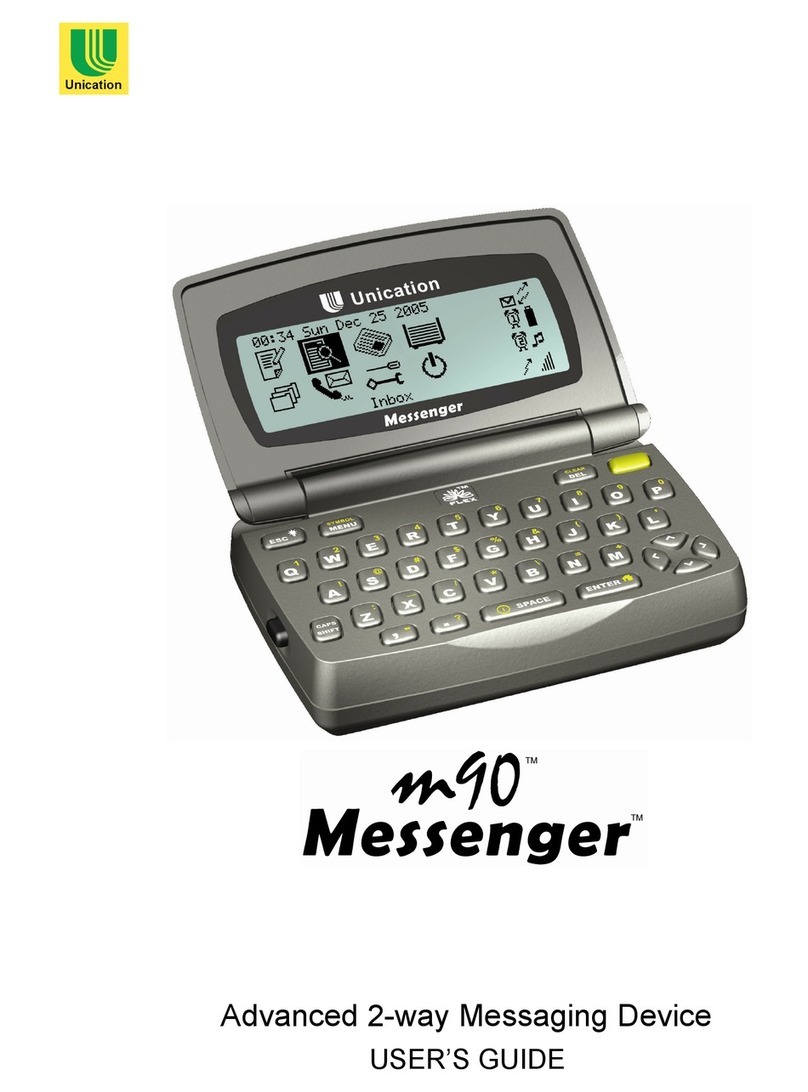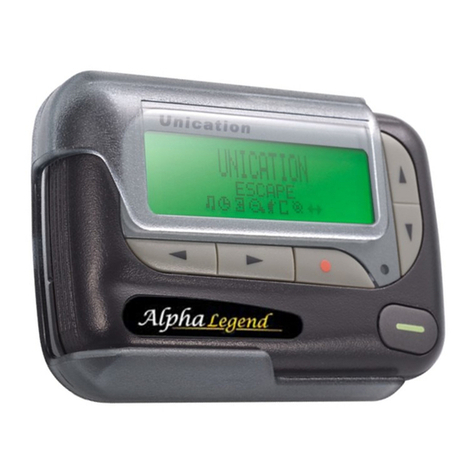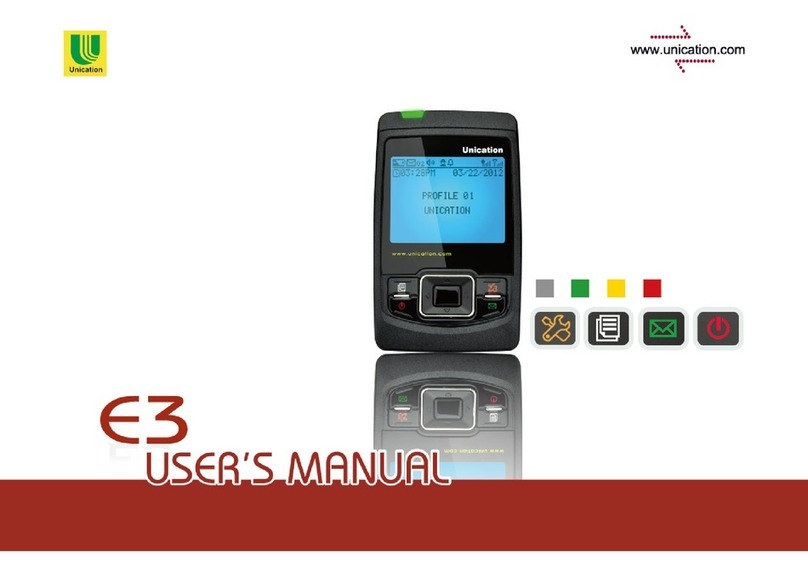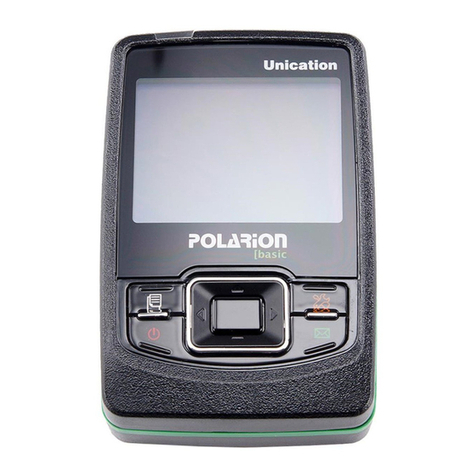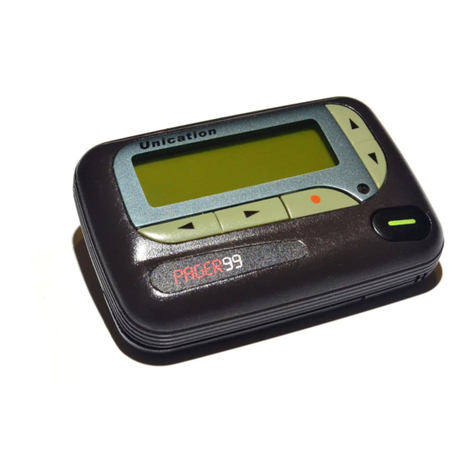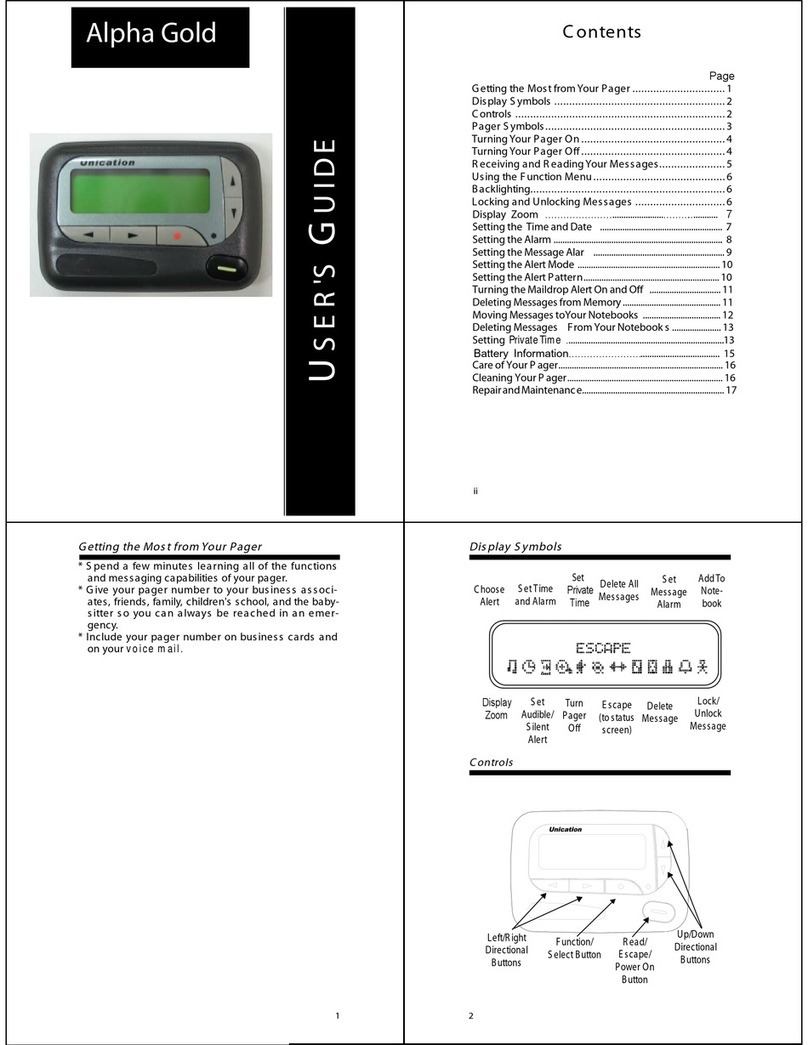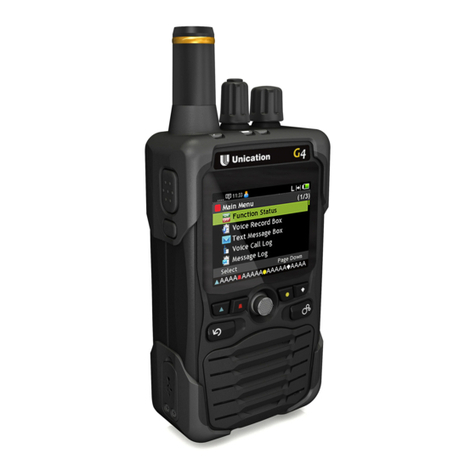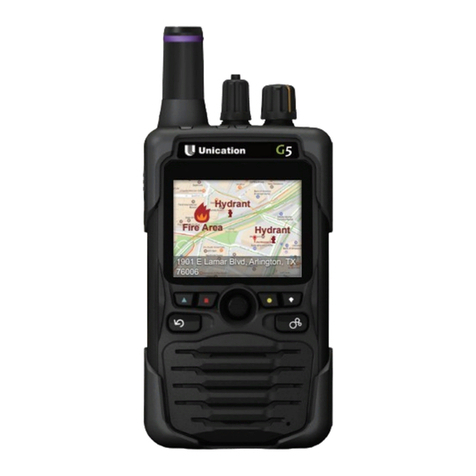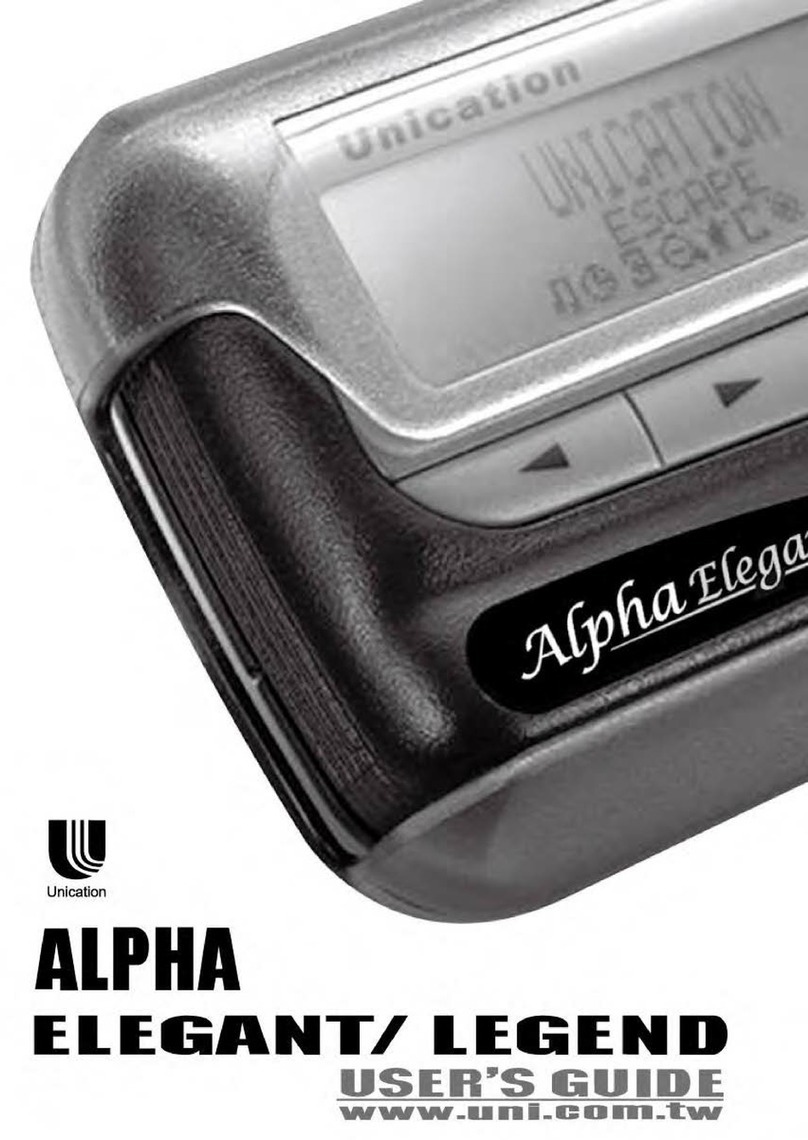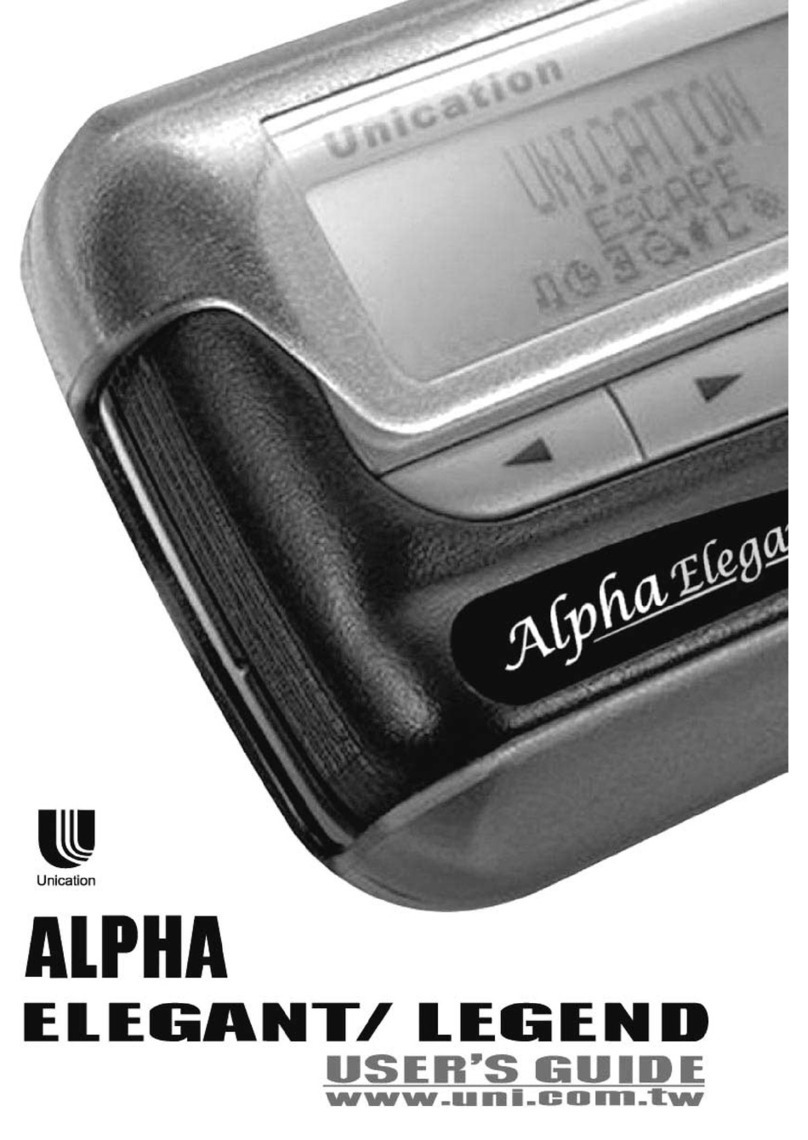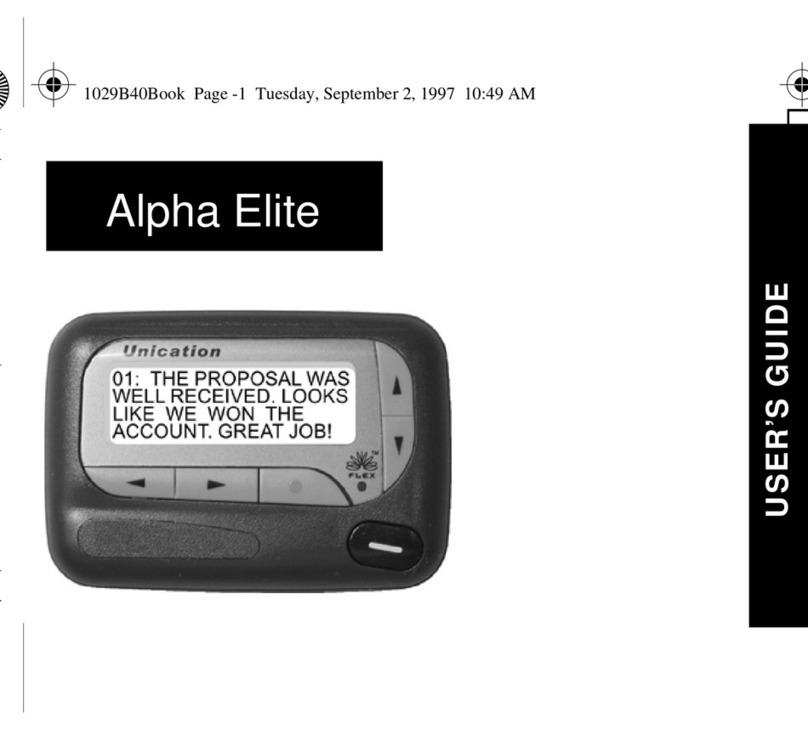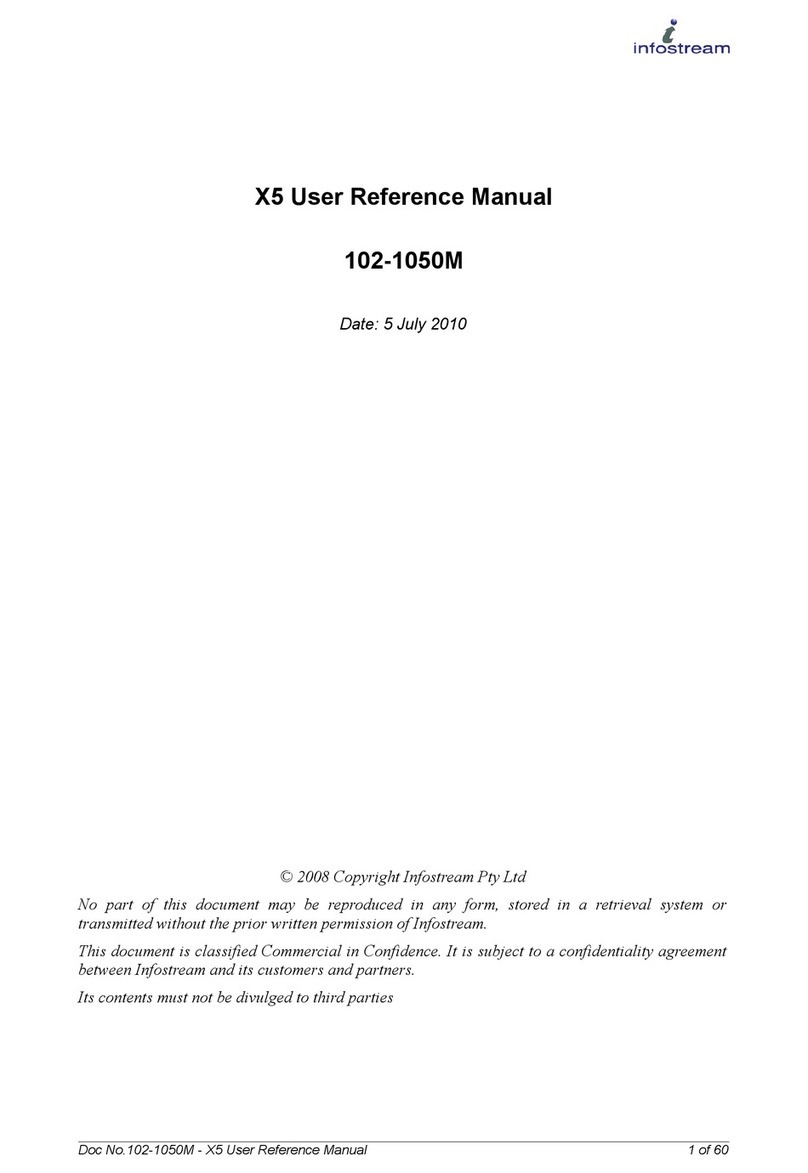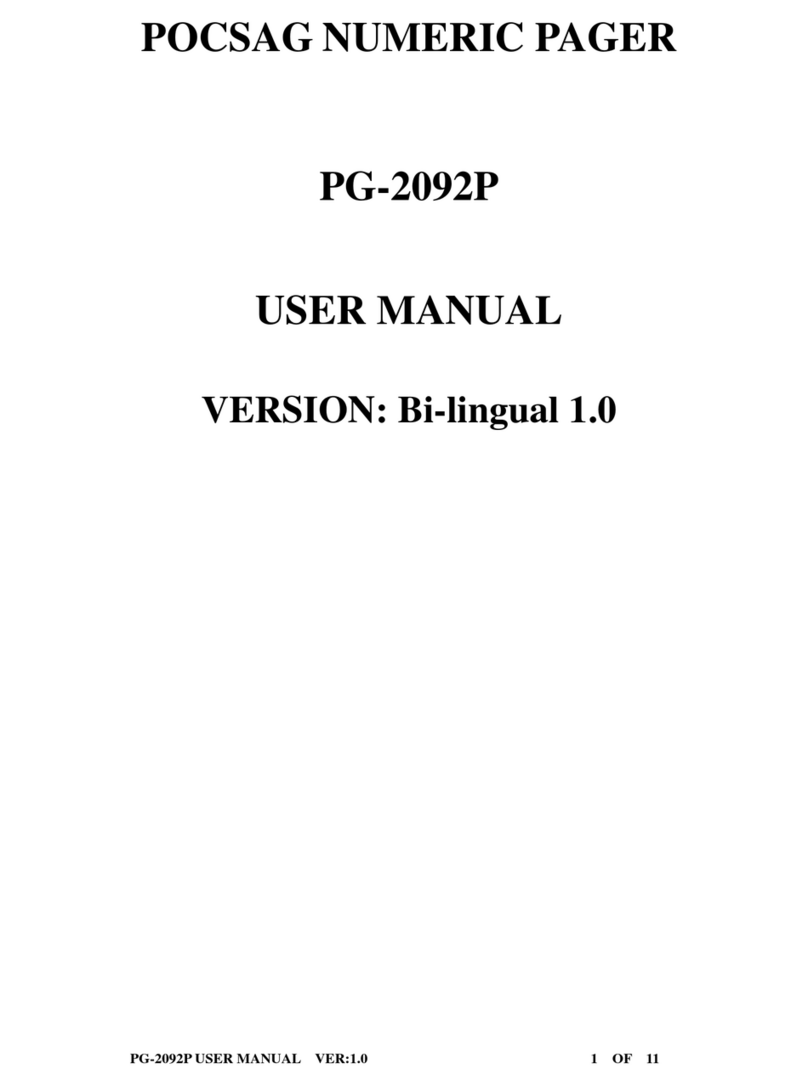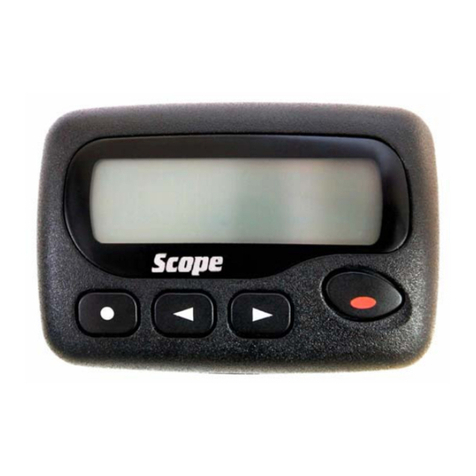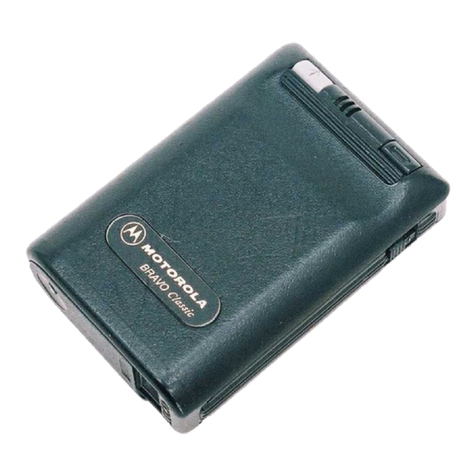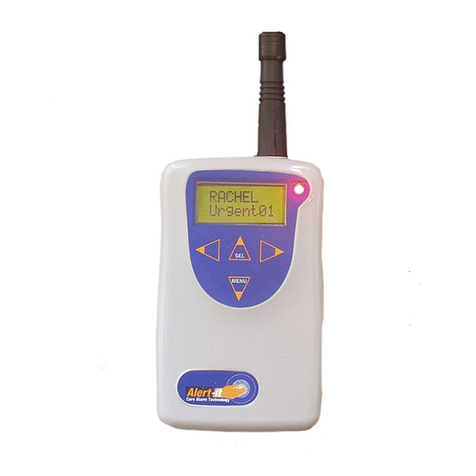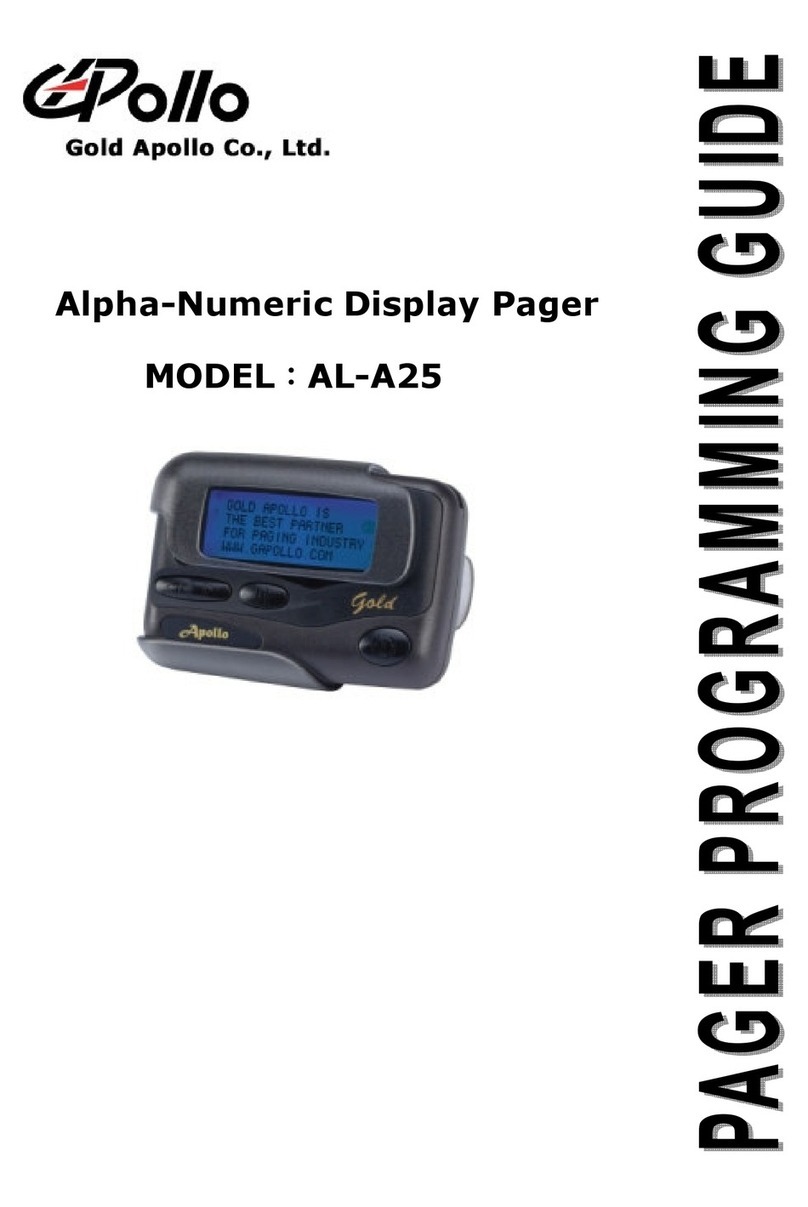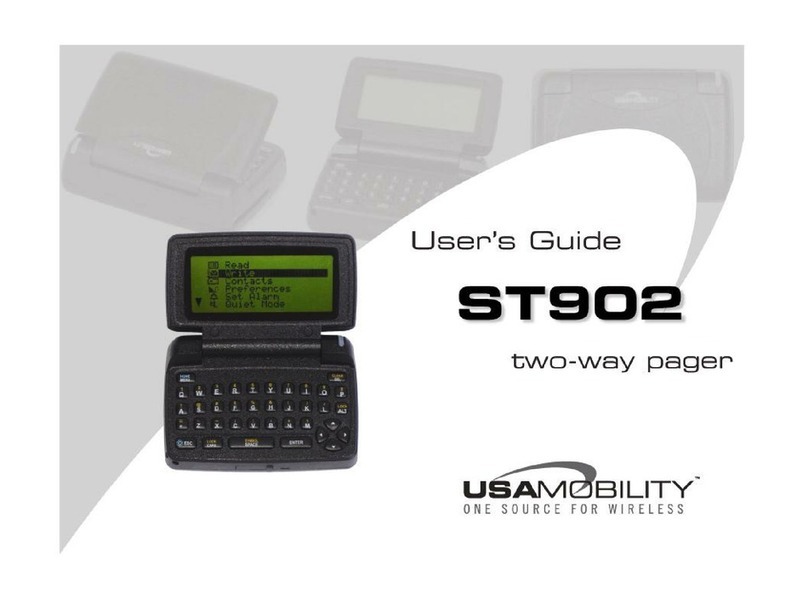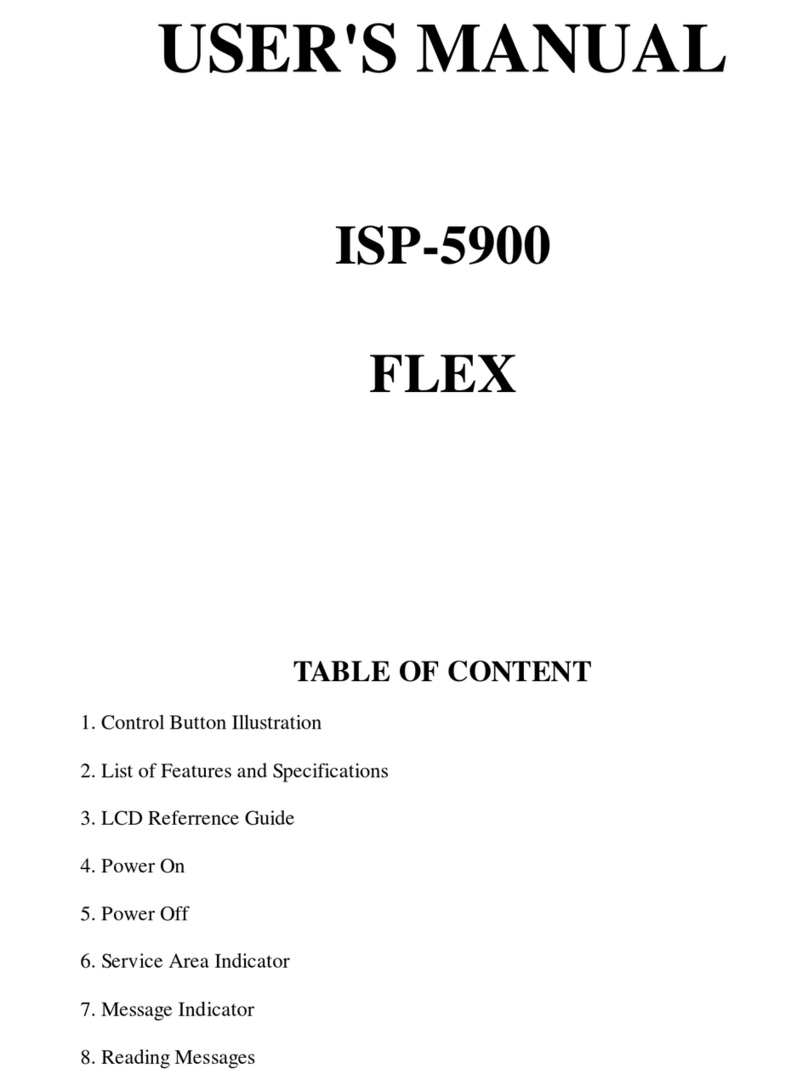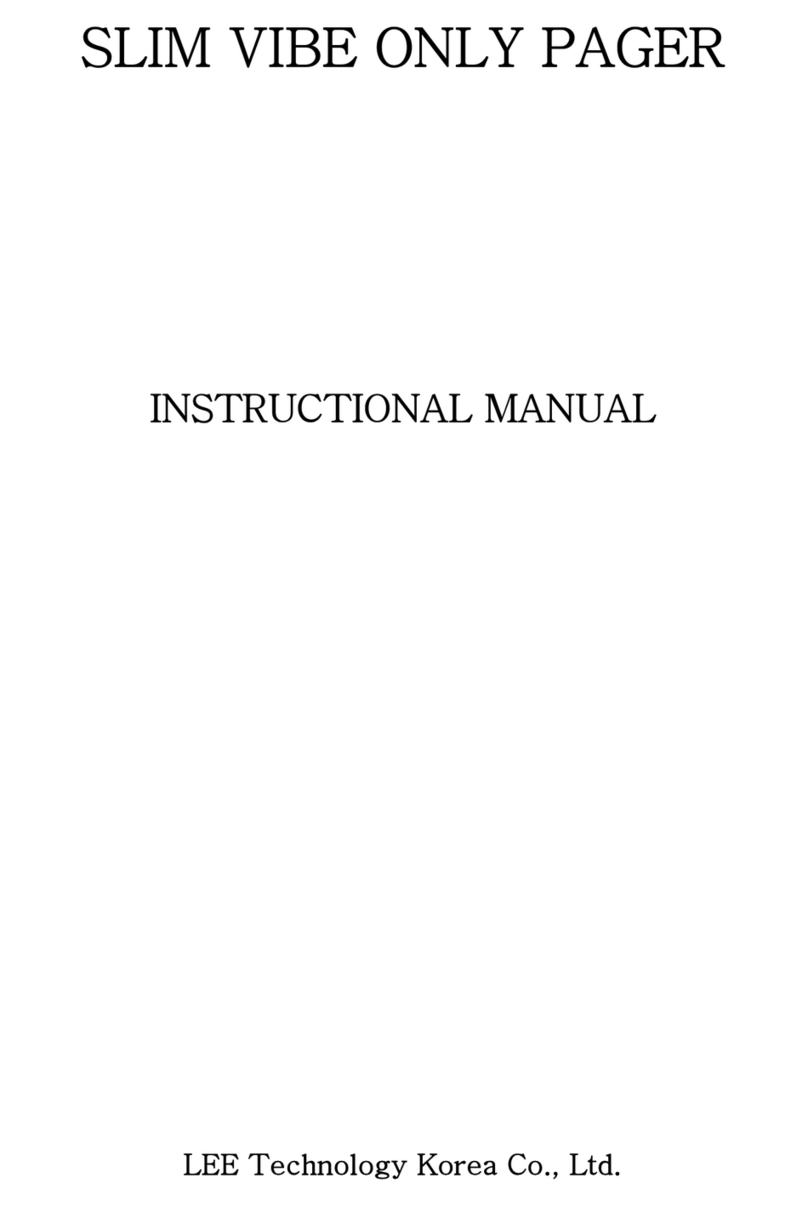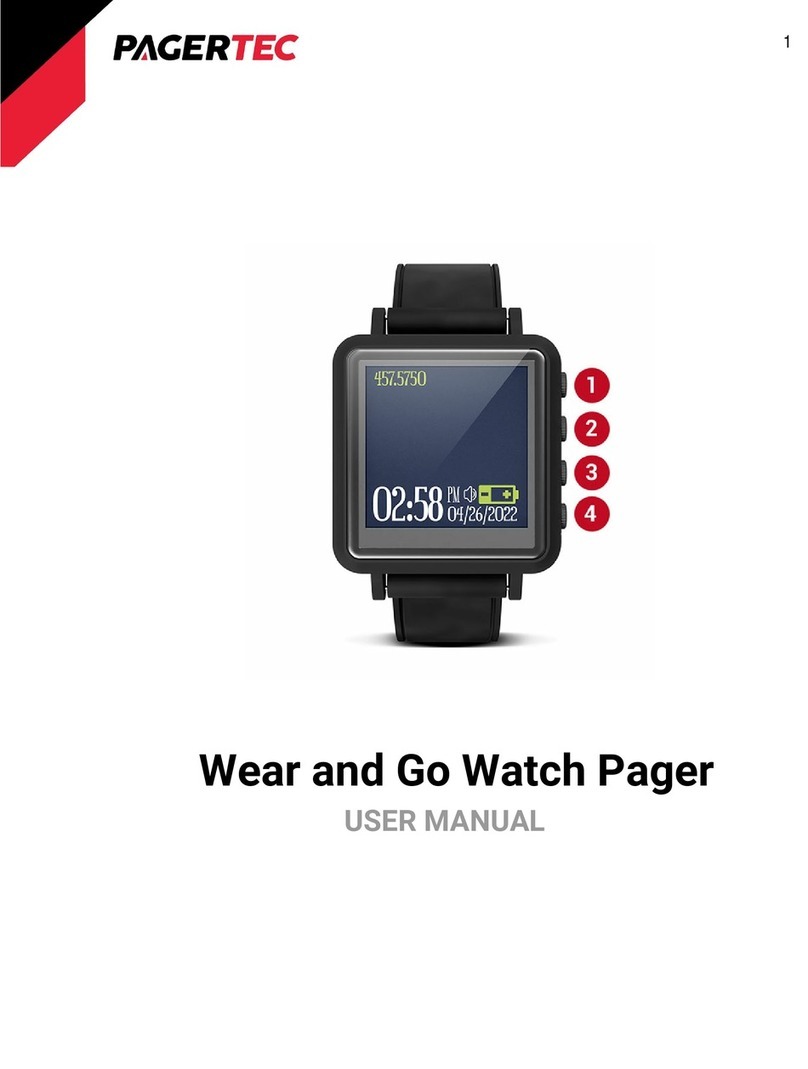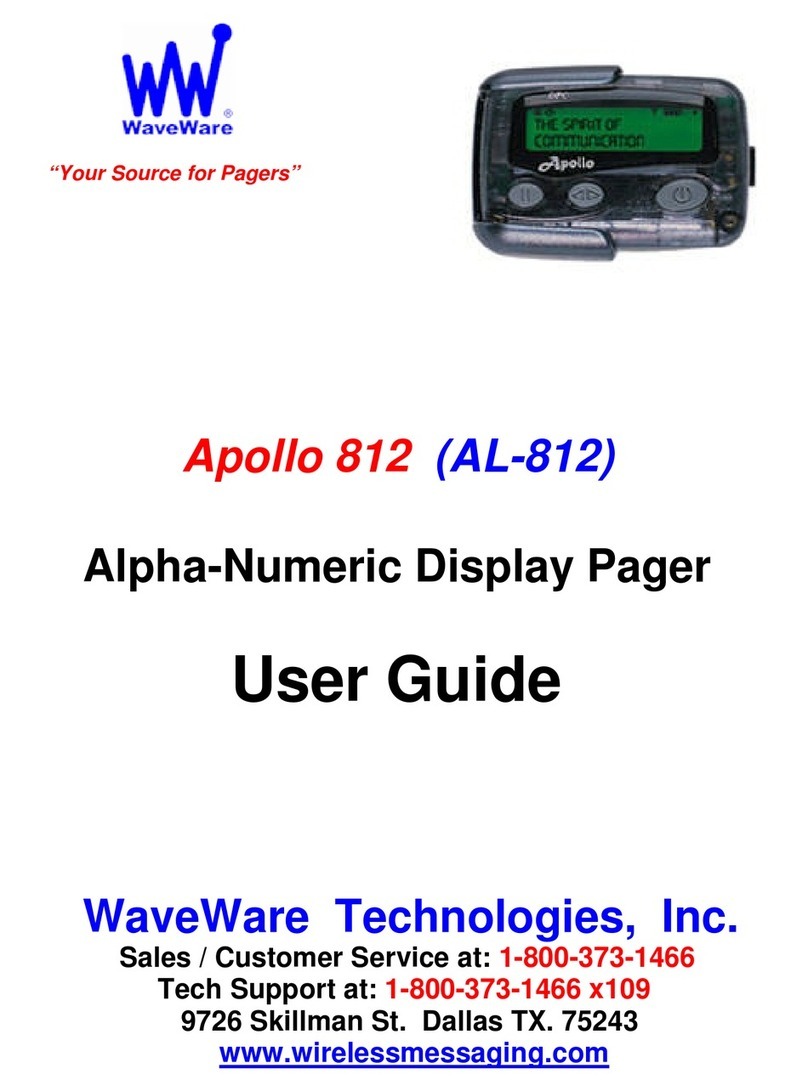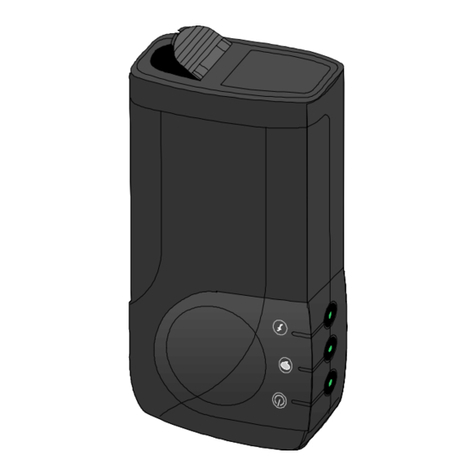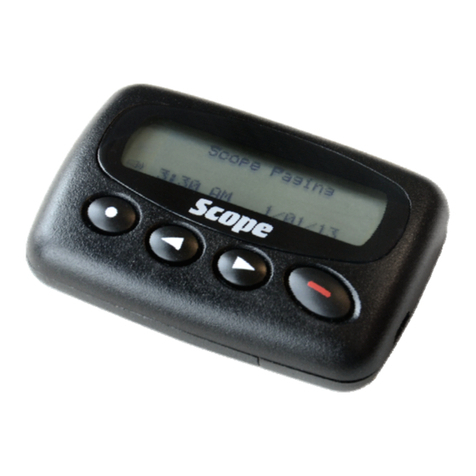
A
B
C
D
E
F
Conventional
System
Single Frequency
6
System Settings
● There are 4 kinds of settings
Receiving Mode Settings by the
System
●There are 3 kinds of settings
under the conventional system
Receiving frequency and
Bandwidth Setting
●( There are 3 options : 6.25KHz /
12.5KHz / 25KHz )
●Set up corresponding receiving
frequency, transmitting
frequency and bandwidth.
* This setting only appears in the
radio sytem instead of the voice
pager system.
* This setting should not appear in
the catalog of G4/ G5 but only in
the one of U3, U4 and U6 Radio.
Data Rate Settings
There are 3 types of settings
currently:
1. 9.6kbps ( Regular )
2.19.2kbps ( TA Requirement )
Encryption Key Setting
( Remark : G4 / G5 offers AES 256
encryption, every channel possess
individual encryption key)
Set up the encryption type and
decryption key of the channel
(receiving/ transmitting frequency)
(Note 1: It requires coordination with the
encryption device on the transmission
end)
(Note 2: Retain this option in the G4/ G5
PPS but it will be set as default, users
do not need to key in by themselves.
Set up the decryption key of every
receiving channal on the Scan List
(Note: It requires coordination with
transmission end to set the encryption
key)
(Note: Same as E1)
Set up the decryption key of every
receiving channal on the Scan List
(Note: It requires coordination with
transmission end to set the encryption
key)
(Note: Same as E1)
Set up the Data Rate of every
channel (receiving / transmitting)
(Note: The Repeater used should be
matched up)
Set up the Data Rate of every
(receiving / transmitting) channel's
frequency in the Scan List.
Set up every channel in the Scan
List. (Data Rate of receiving/
transmitting frequency)
(Note: The Repeater used should be
matched up)
Set up the Data Rate of every
(receiving / transmitting) channel's
frequency in the Scan List.
Set up every channel in the Scan
List. (Data Rate of receiving/
transmitting frequency)
(Note: The Repeater used should be
matched up)
Set up the transmitting frequency
and bandwidth of the
corresponding receiving frequency
Set up receiving frequency and
bandwidth
Set up the frequency and
bandwidth of the Priority and each
secondary frequency in the Scan
List
Set up every Scan Frequency and
bandwidth in the Scan List
TGID of the receiving channel and
the name of the department which
uses this channel settings
Set up the code of receiving
channel ( e.g. CH14 ) and the
name of the department which
uses this frequency
Set up the code of priority
receiving channel and the name
of the department which uses this
frequency (only one can be
progrmmed)
Set up the code of secondary
receiving frequency (can Set up
more than one) and the name of
the department which uses this
frequency
Setting the code of the channel
that would be received (can be
more than one) and the name of
the department which uses this
frequency
●Pager alerts when the TGID
matches. (Vibration/ Alert Tone/
Display Backlight Colour/ Display
Text Information) Alert mode can
be set by users through PPS.
●The display will show the
frequency, channel information,
name of the department, the
called receiving group and
message receiving time. The
users can see the information in
the Message Box, and set whether
all the information should be
displayed or only few of the items.
Multi-frequency Priority Scan Multi-frequency Priority Scan
▀ Every Receiving Table can be set with the following parameters by PPS in accordance with the users'
requirements to satisfy the users' needs.
